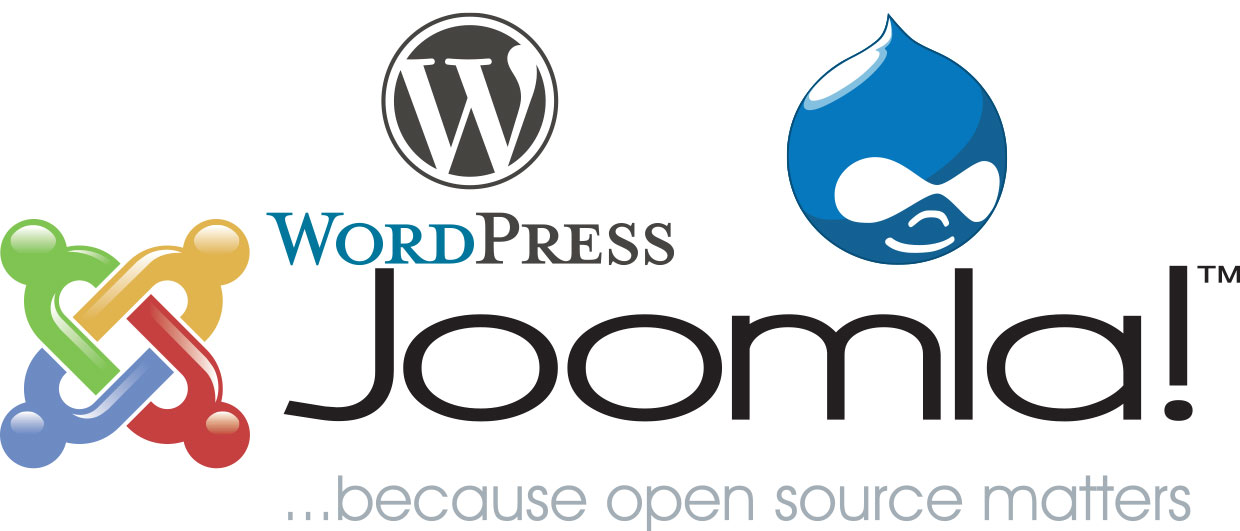Join the Conversation’, followed by a plethora of social media tools (Twitter, YouTube, Facebook) is a headline seen on more than one major oil or gas company’s website – but before Twitter and her friends showed up, company blogs were once Top-of-The-Pops ‘social media’. Yet blogs are anything but passé. Instead, entire websites are now built out of traditional leading open source blogging softwares, like WordPress, ‘Joomla!’ and Drupal, just so companies can continually update and add more content, online.
The Latest Trend in Online Marketing: Easy Content Updates
Blogging softwares give companies an easy-to-use Content Management System (CMS) for creating or updating website content. (After all, a blog is just an online website where non-HTML coders can quickly and easily write and share content.)
CMS platforms for managing website content are attractive for a number of reasons.
Firstly, a CMS lets you keep content accurate, current, fresh and relevant to online readers in an attempt to build your organisation’s credibility with readers and major search engines. Seemingly, with only basic word processing skills, it is easy to write content (words, pictures and videos) directly onto a website and publish at a time convenient to you and your team, without acquiring the special skills of a web developer.
Another advantage is that leading blogging softwares have already mastered ‘ease-of-use’, so it should be faster to train staff on managing software that is widely considered easy to learn. And these same softwares may also decrease your expenses when building a new website. Free softwares like WordPress are customisable and more easily integrated. They are also typically less expensive than custom-made Content Management softwares and can be more stable. Managed by a large community of active developers, there is a wealth of support available.
In addition, particularly in high profile industries, there are many critics keen to feed upon an organisation’s ‘bad news’ stories. A CMS-built website lets companies mitigate the risk of online criticism. By consistently listening and thoughtfully replying with good information (also known as Content Marketing) many organisations are encouraging fascination with their brand and attracting allies online.
Circumventing the Hidden Costs
But as it is with trying anything new, there are certain problems you could face after switching to a CMS website. Here are five steps to avoiding common errors while maximising benefit when using such a system.
- Establish parameters for creating website content. Inconsistent writing style is a danger of CMS-driven websites. A Website Best Practices Guide will ensure you do not lose the credibility you are working hard to achieve with a CMS. Important things to include in this guide are message guidelines, publication frequency and stylistic preferences.
- Train staff to be Online-Writers. Online readers have unique expect ations: from how they read to how they search. In order to meet your target audience’s expectations, document your approach to writing online, then train and practise it.
- Avoid solipsism. The same rules apply online as in good conversation. Be others-centred in your content. Focus on topics that interest your target audience or you will lose key opportunities to make your audience think well of you.
- Employ a keyword strategy. Each article must be indexed with search terms or it won’t be easy to find topics on your site, let alone on the Internet. Search terms must be listed for each post to help search engines see your content.
- And finally, stick to a content plan and a pre-set frequency. If your last update was Dec 2010, readers think you lack either the resources or the level of care to manage your online presence – it is as distressing as a store with dirty floors. Having a Content Strategy and an Editorial Calendar helps to ensure you’ll be creating an asset of searchable, well-organised, target-market-relevant content to attract readers to your website.
In brief: Content Management Systems are a powerful tool for oil and gas websites – take full advantage of them!





